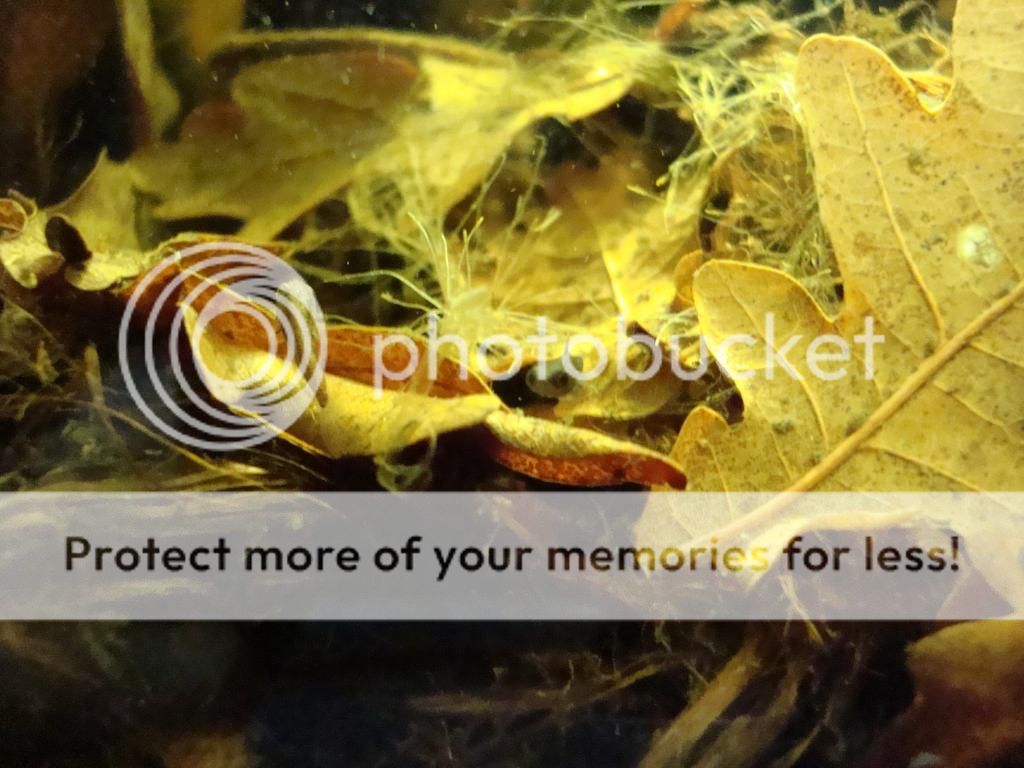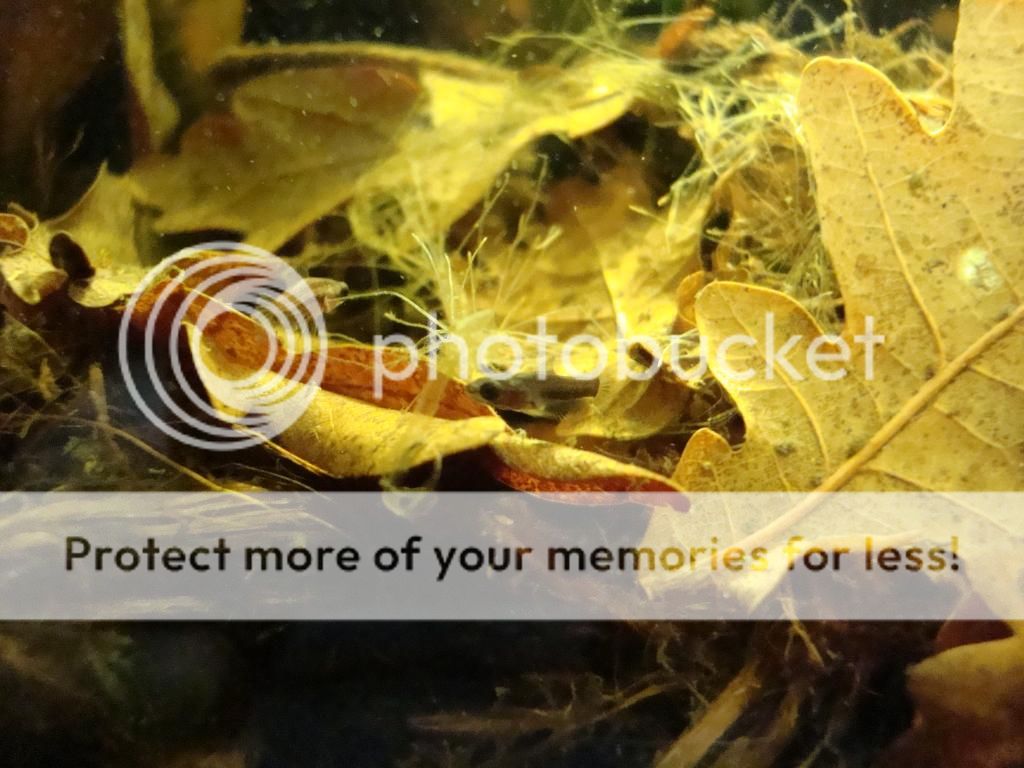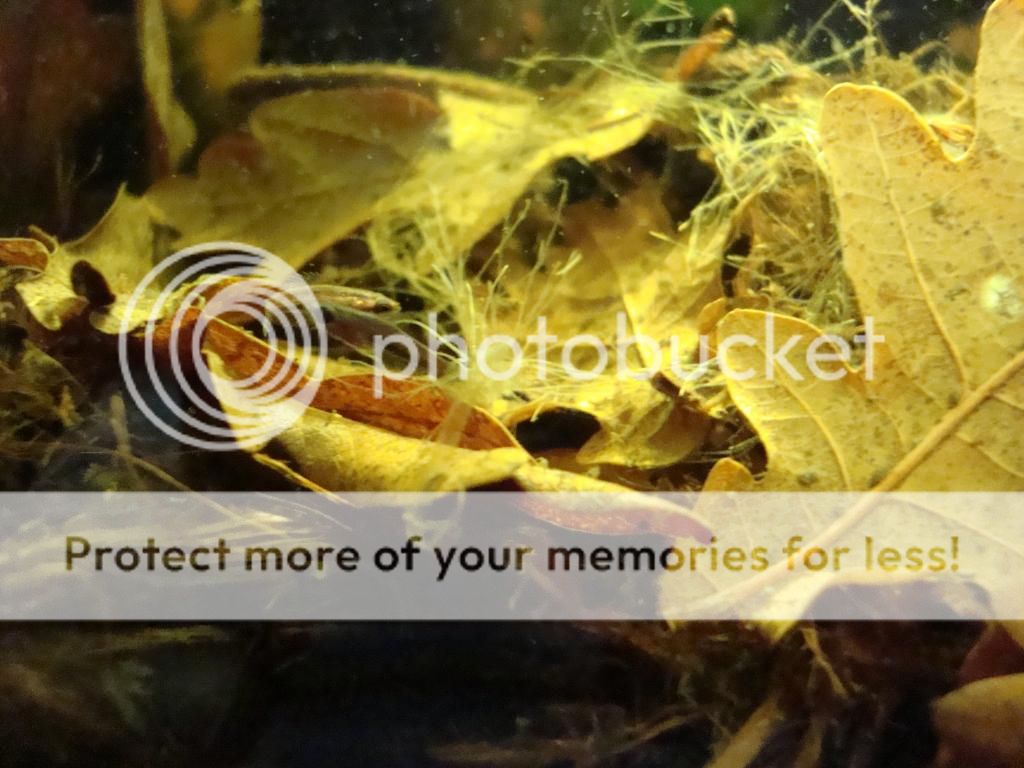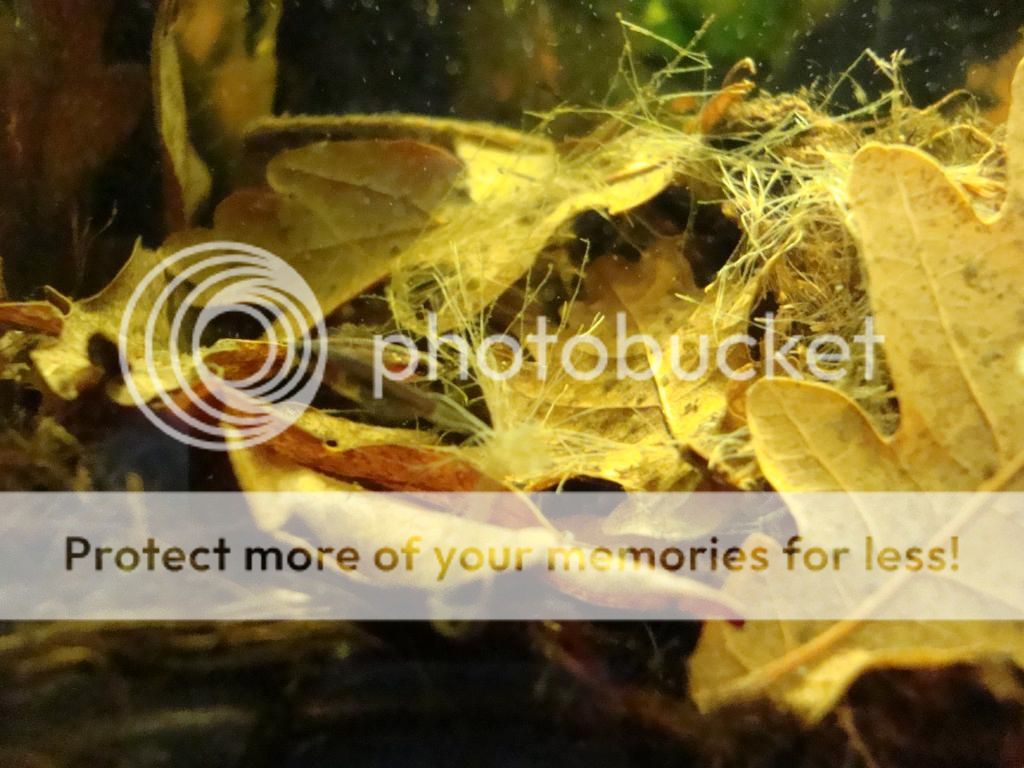- This topic has 9 replies, 6 voices, and was last updated 10 years, 12 months ago by
Pavel Chaloupka.
-
AuthorPosts
-
February 4, 2013 at 12:51 am #5041
Stefanie Rick
ParticipantToday for the first time I observed a certain behaviour between two of my new paros – see the thread “New paros at my home” (I know neither sex nor species/form yet).
There are two bigger ones, one of which I believe to be a male. The probable male has a small space in the back of the tank which seems to be his territory – each fish who dares to “intrude” is being chased away.
Now I saw these two bigger paros in a hidden place of the tank (not the “territory”) interacting in a conspicuous way: The fish circled around each other in a soft, dancing way, sometimes pressing their bodies lengthwise against each other, making “wavy”, snakelike movements. Their colours didn’t change perceptibly while doing this. They did this for minutes (stopped, when I fetched my camera … as one could except :S )Do you know this kind of behaviour? What does it mean? (I have a suspicion, but I’ll wait for your answers first)
February 4, 2013 at 1:03 am #5042helene schoubye
KeymasterIt could sound like two male engaging in territorial showoff, – ‘agressive’ signaling to each other. I think often they then excatly does not stand head down, but stay side to side.
You may have a look at our – not at all finished page of P. phoenicurus – https://www.parosphromenus-project.org/en/p-phoenicurus.html here, – (you have to count your way down in the photoes) but photoes 8-10 and photo 18+19+21 I believe to be two males showing off to each other.Have a look and see if you think it is this kind of behaviour your fish are showing.
February 4, 2013 at 2:44 am #5043Stefanie Rick
ParticipantHelene, thanks for your answer – but on the pictures you told me I see only definite males in full display ……. I’m afraid, in the whole phoenicurus gallery is no picture that shows the behaviour I observed.
They didn’t only stay side by side – they completely clung to each other, wriggling their bodies. And they didn’t colour up, they stayed striped as usual.
February 4, 2013 at 2:47 pm #5046helene schoubye
KeymasterHmm :unsure: … then I dont know, –
February 4, 2013 at 4:51 pm #5050bartian
ParticipantLike Nannostomus do when setting the hierarchy?
February 4, 2013 at 5:14 pm #5052Stefanie Rick
Participant[quote=”bartian” post=1715]Like Nannostomus do when setting the hierarchy?[/quote]
I don’t know what Nannostomus do ………. :unsure:
February 4, 2013 at 5:16 pm #5053bartian
ParticipantOh. It’s a very common genus here in the Netherlands, most aquarists know them.
Nevermind, then.February 4, 2013 at 5:19 pm #5054Andy Love
ParticipantI’ve seen my Galaxy Rasbora/Celestial Pearl Danio (whatever they’re called this week!)males exhibiting very similar behaviour. I assumed that it was some heirarchy-sorting thing.
June 24, 2014 at 4:16 am #6724Stefaan
Participant[quote=”Stefanie” post=1706]
Now I saw these two bigger paros in a hidden place of the tank (not the “territory”) interacting in a conspicuous way: The fish circled around each other in a soft, dancing way, sometimes pressing their bodies lengthwise against each other, making “wavy”, snakelike movements. Their colours didn’t change perceptibly while doing this. They did this for minutes (stopped, when I fetched my camera … as one could except :S )Do you know this kind of behaviour? What does it mean? (I have a suspicion, but I’ll wait for your answers first)[/quote]
I’d like to pick up this old thread again.
Two days ago, I saw two very young P. ornaticauda slowly turning around, probably in the same way as described by Stephanie, but without touching each other.
They allowed me to take some pictures. Unfortunately they shot away at high speed when I turned my camera into video mode.




I’ve often witnessed such behavior before, between other juveniles and also between adult females. I can’t immediately remember that I’ve ever seen parosphromenus males, performing such slow dances, or sometimes just hanging more or less parallell to each other (although this might perhaps already be considered as a slightly different behavior.
Stephanie, you obviously had an idea about it but hoped to get some other points of view. What was your approach?
June 24, 2014 at 1:50 pm #6725Pavel Chaloupka
KeymasterYeah my young Paro males do that too. Looks exactly like what Nannostomus males do. [video]http://https://www.youtube.com/watch?v=Vyoi4ITBHKE[/video] you can see it from like 0:26 on this video with N.mortenthalleri. I think its kind of messuring the strenght and size by pushing each others bodies without actual fight. I have seen that twice so far. The one male that seems to be adult already shows his normal coloration or becomes slightly paler, the smaller and weaker one become pale at the very start of it but did not run away. Kept resisting for like 30 sec before running. I have only one male realy displaying infront of females so far, but than he shows typical head down postion. My plan as soon as I obtain the stuff for it is to put a web cam infront of the tank and find a server where I could stream the tank continuously. This way we could see behaviour of the group and may be get more info on how fish interact within a group in bigger tank. Becouse every time I aproch the tank they mostly gather on the feeding place and do much else.
-
AuthorPosts
- You must be logged in to reply to this topic.

